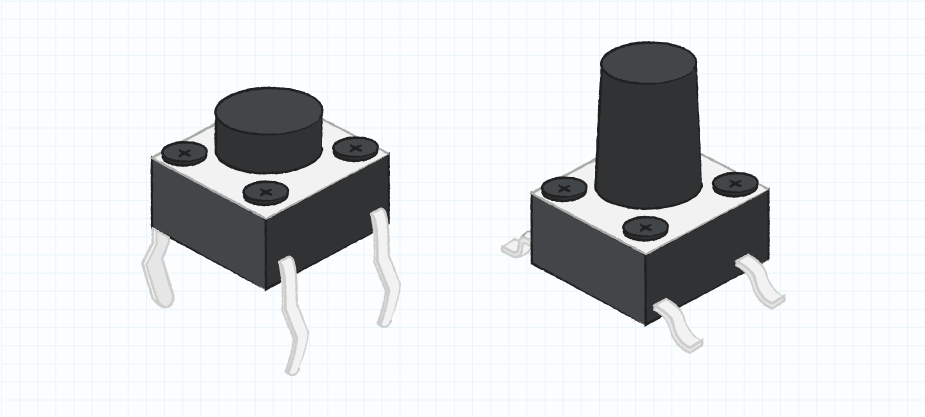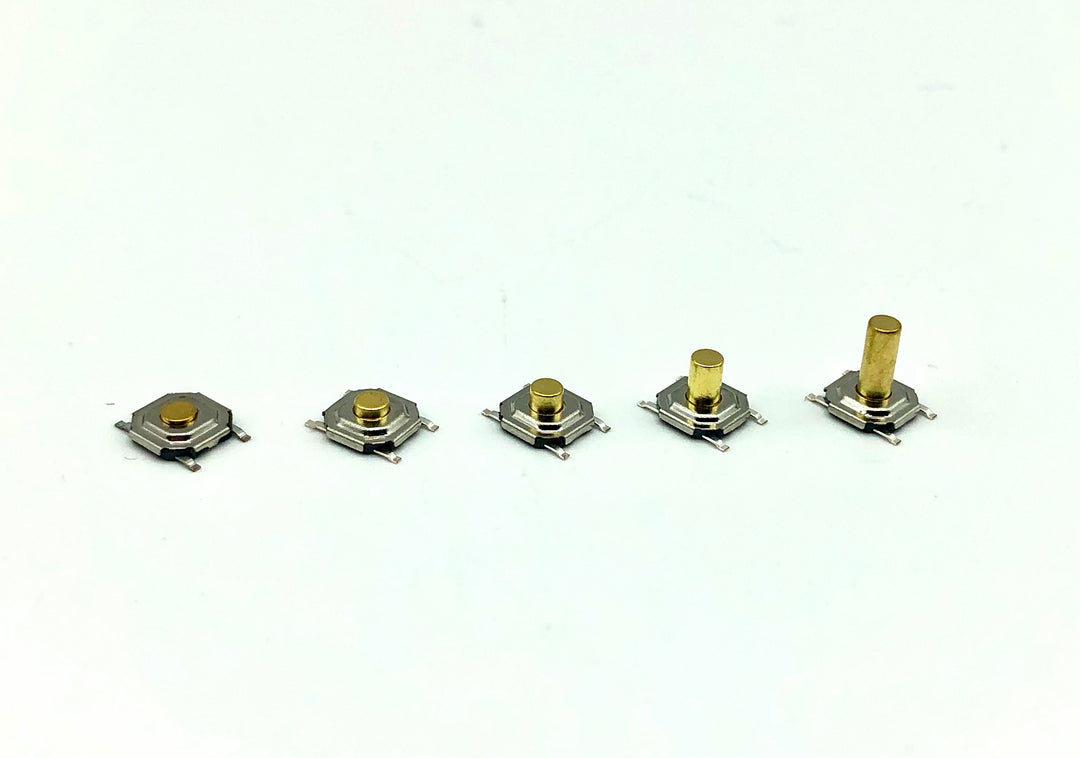Tactile switches are widely used in enthusiast builds for their precision.
Discover the Versatile Utilizes of Tactile Switches Over in Modern Electronic Devices
Responsive buttons, indispensable to both day-to-day devices and complicated equipment, act as an important user interface in between individuals and gadgets. Their style makes sure an enjoyable click, confirming an action that may otherwise go undetected in an electronic globe without physical comments. As markets remain to develop, the duty of these switches expands, adapting to brand-new modern technologies and enhancing customer experiences in means formerly unimagined. The concern continues to be: how will future technologies better incorporate tactile responses right into our digital interactions?

Discovering the Function of Tactile Switches Over in Consumer Electronic Devices

The layout and placement of responsive buttons can considerably affect a tool's functional designs and aesthetic allure. Developments in materials and modern technology proceed to enhance the dependability and function of tactile buttons, ensuring they satisfy customer expectations for responsiveness and longevity in everyday usage.

Tactile Buttons in Industrial Applications: Enhancing Operational Effectiveness
Changing focus to industrial setups, responsive switches substantially boost operational effectiveness by giving accurate control and responses in machinery and control panels (tactile switches). These buttons are important in applications varying from production line to hefty equipment, where reliability and the clear physical experience of activation are critical. Their distinctive responsive feedback makes certain operators are quickly knowledgeable about whether an input has actually been registered, decreasing errors and minimizing downtime
Furthermore, tactile switches are made to stand up to harsh settings, including exposure to dirt, vibrations, and differing temperatures, making them optimal for industrial usage. Their toughness equates into lower upkeep costs and longer life span for the tools they are integrated into. In addition, the small dimension of responsive switches enables more ergonomic designs of control board, which can improve driver see this convenience and efficiency during long changes. Overall, the fostering of responsive buttons in commercial applications stands for a little modification that causes substantial renovations in performance and functional dependability.
The Future of Tactile Switches in Automotive Modern Technology

Looking ahead, the advancement of responsive buttons in automotive innovation seems positioned for assimilation with haptic responses systems, giving not only a physical reaction get more however additionally differing strengths and patterns of responses that can share more click to find out more information. This could imply a reduction in standard switch user interfaces for even more nuanced, multifunctional control options. In addition, as cars end up being extra connected and autonomous, tactile buttons are expected to play a critical role in bridging the void between electronic user interfaces and the physical touchpoints in vehicles, improving the total user experience and security.
Conclusion
To conclude, tactile switches are important in modern-day electronic devices, perfectly incorporating into various domains to improve individual communication and operational efficiency. From customer electronics to industrial machinery and vehicle innovations, their function is critical in making certain user convenience, security, and system responsiveness - tactile switches. As modern technology advances, the functionality and application of tactile switches are set to broaden, even more solidifying their significance in bridging the gap in between users and electronic interfaces